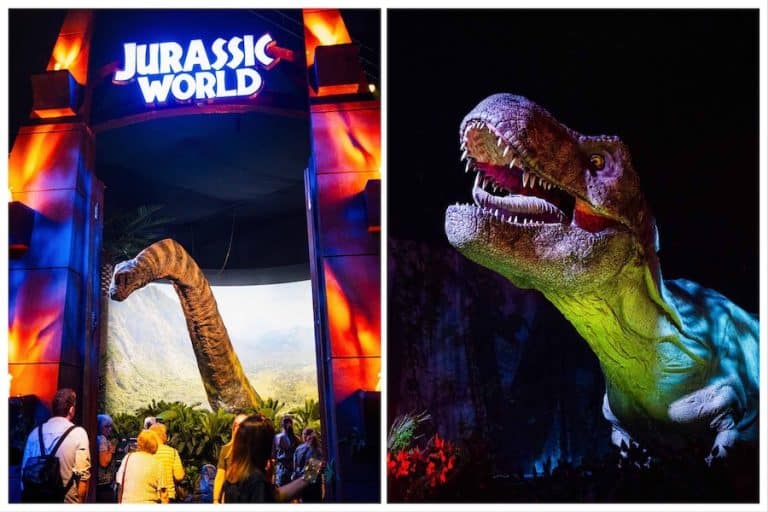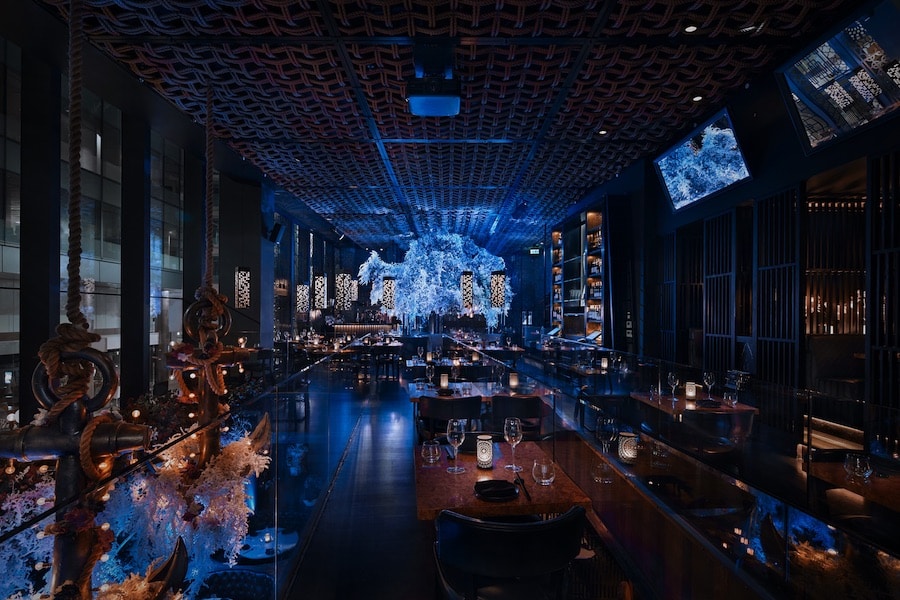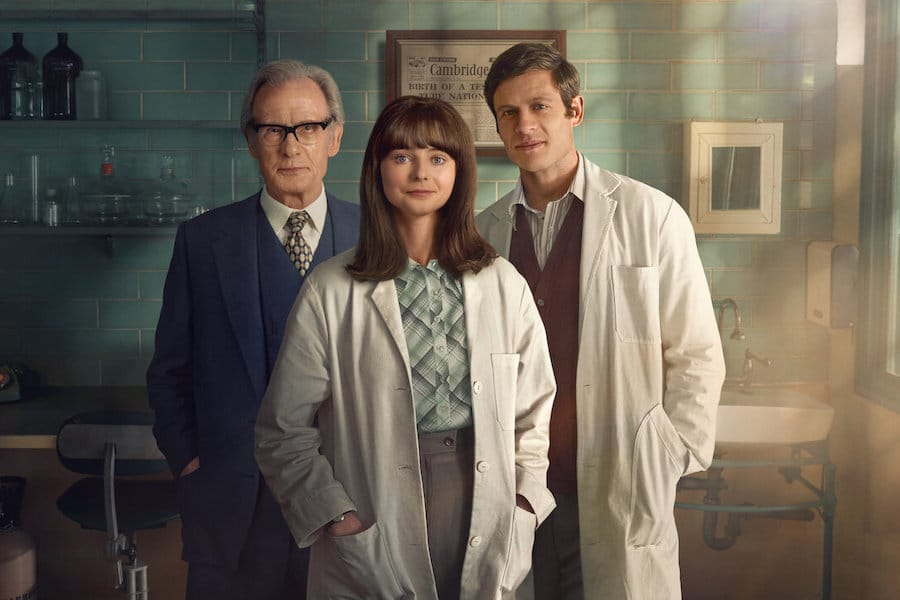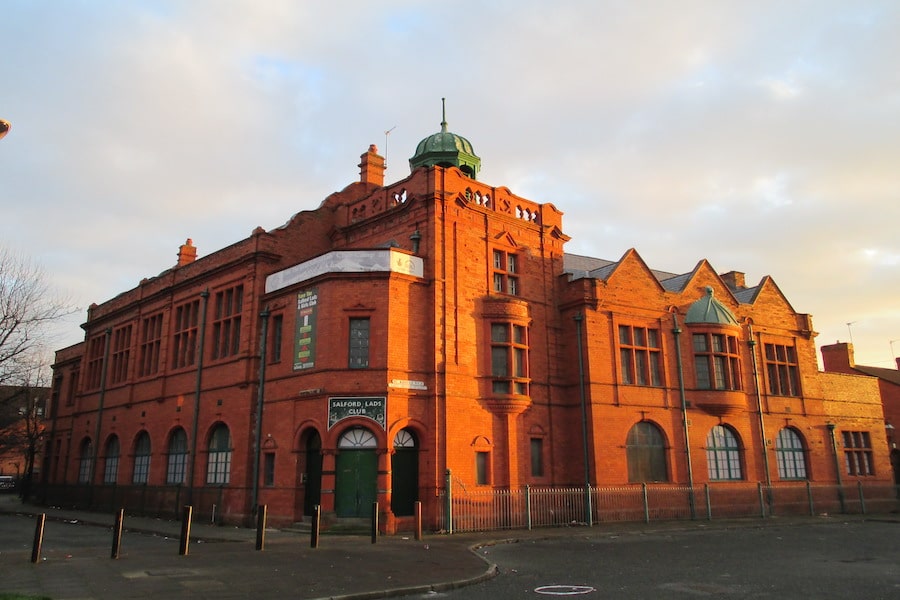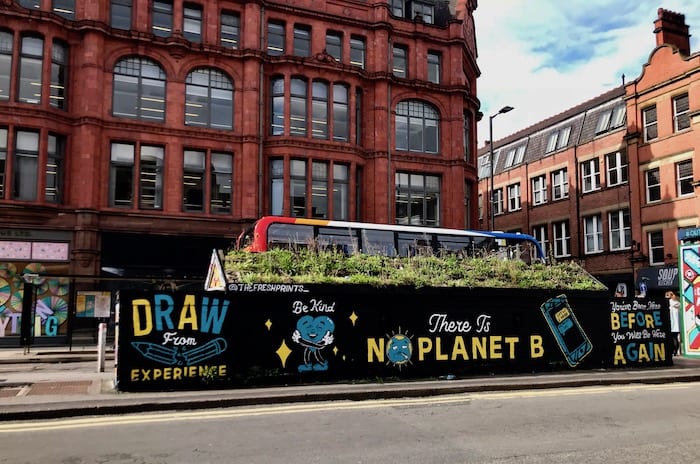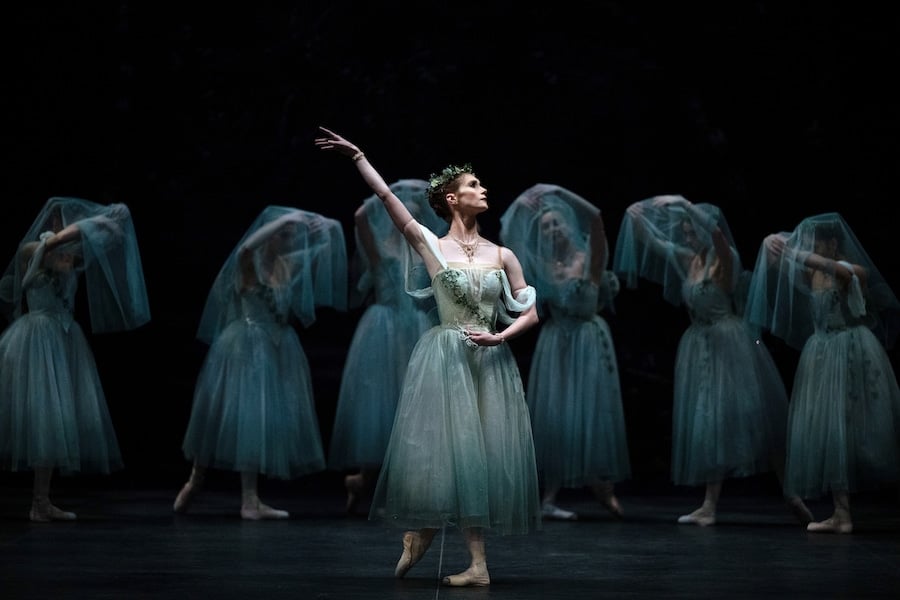The £60m building that one day – might just change the world
- Written by Ethan Davies
- Last updated 7 months ago
- City of Manchester, Featured
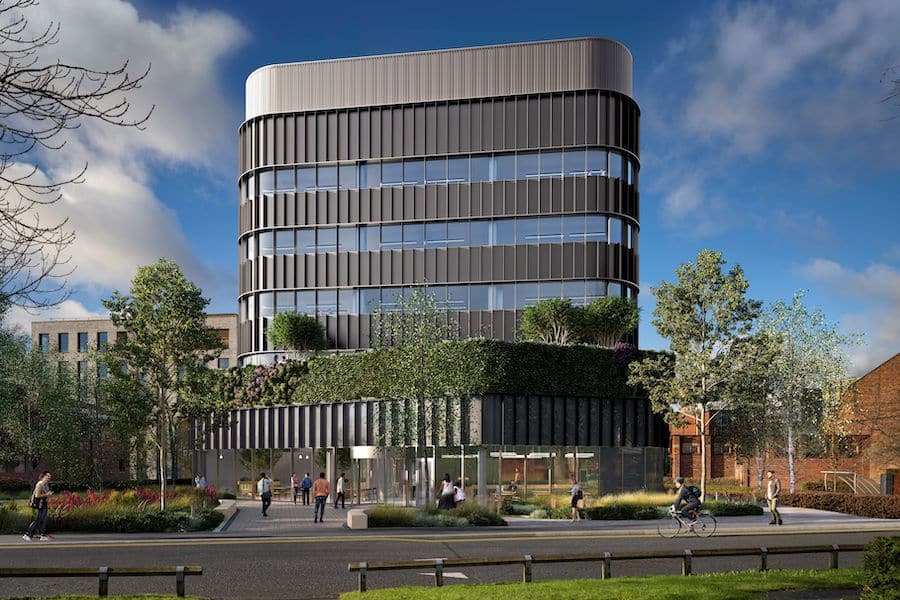
Hidden away behind the University is a £60 million building that could, one day, change the world.
Or it might do, once it’s finished.
The Greenheys building, which is currently being constructed in Manchester Science Park — taking its name from the infrequently-used name of the area.
The Greenheys building
Inside the 131,000 sq ft, six storey building will be the UK Biobank — ‘the world’s most comprehensive source of health data for research’, according to developers.
And once they move in, in 2026, they will be able to rapidly step up their research, aided by ‘the latest-generation robotic freezer capable of storing and retrieving up to 20 million biological samples four times faster than current standards’.
“It will allow us to meet the growing demand for our millions of unique biological samples, enabling scientists across the world to make great leaps forward in health and disease research,” according to Samantha Welsh, its head of laboratory.
Health and disease research
Those great leaps will be particularly aimed at tackling the nastier diseases which can ruin lives — dementia and cancer.
One in 10 Brits over the age of 65 have dementia.
Half of UK residents will develop some form of cancer during their lifetime.
But it might not be this way forever if Samantha’s team has any say over it, as ‘with more data from UK Biobank participants on these diseases’, a spokesperson added, ‘there can be more research into their potential causes and the development of targeted treatments’.
The UK Biobank
Targeted treatments are not the only thing on the agenda for UK Biobank, as it will also aim to ‘gather incredibly useful information about how people’s minds and bodies change over middle and old age’ by ‘repeating the first measures taken at recruitment for every participant’.
Ultimately, that work will inform how diseases develop as we age.
There will also be trials on ‘remote forms of assessment’ like ‘apps and wearable technology’ in order to collect ‘detailed data on participant health, including objective measures of movement and sleep’.
And all of this work will take place in an unassuming box-shaped building tucked behind the University.
You can find out more by clicking here
- This article was last updated 7 months ago.
- It was first published on 16 May 2024 and is subject to be updated from time to time. Please refresh or return to see the latest version.
Did we miss something? Let us know: [email protected]
Want to be the first to receive all the latest news stories, what’s on and events from the heart of Manchester? Sign up here.
Manchester is a successful city, but many people suffer. I Love Manchester helps raise awareness and funds to help improve the lives and prospects of people across Greater Manchester – and we can’t do it without your help. So please support us with what you can so we can continue to spread the love. Thank you in advance!
Got a story worth sharing?
What’s the story? We are all ears when it comes to positive news and inspiring stories. You can send story ideas to [email protected]
An email you’ll love. Subscribe to our newsletter to get the latest news stories delivered direct to your inbox.

Essential Trafford baby bank could close without urgent help

Here’s how you can make a difference in Manchester this Christmas
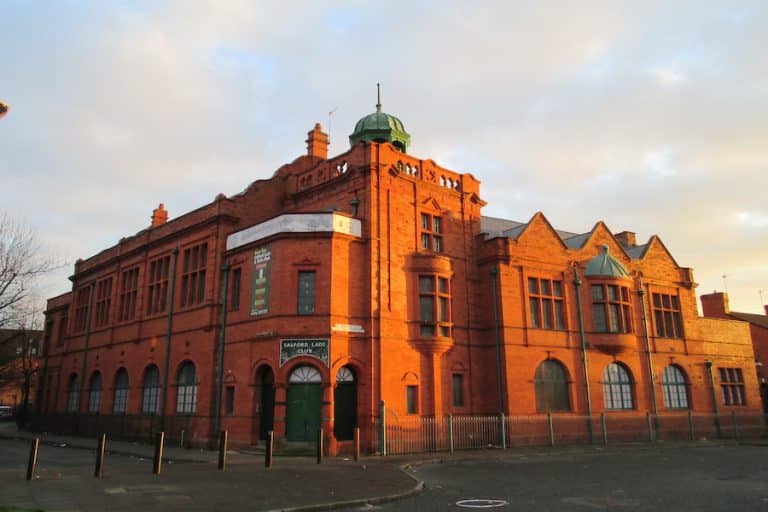
There is a light that must never go out – Film launched in last bid attempt to save Salford Lads’ & Girls’ Club

Salford Lads Club is saved after after an overwhelming community response

Meet the pear, tomato and banana who are changing the way we fight hate crimes in Manchester
